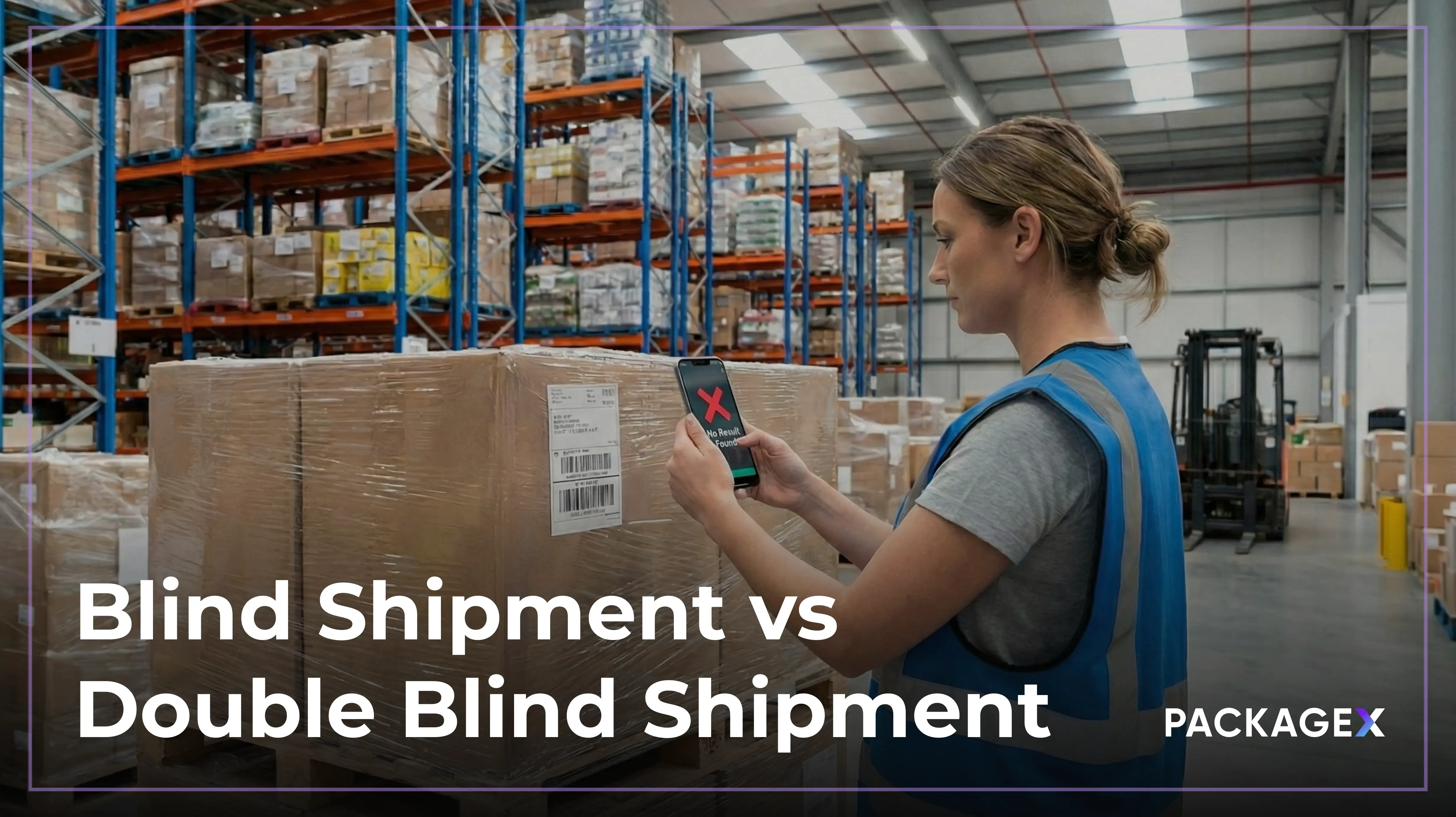In the wake of the disruptions that have shaken global industrial manufacturing and construction over the past few years, it’s become crystal clear that simply chasing efficiency is no longer enough.With everything from the COVID-19 pandemic to geopolitical tensions putting a spotlight on the vulnerabilities of your supply networks, businesses are now taking a hard look at how they can bounce back stronger. Supply chain resilience refers to a supply chain's ability to endure, adjust, or evolve in response to changes. A resilient supply chain is characterized by its strength and ability to bounce back. This supply chain resilience guide will tell you to manage and minimize the impact of most disruptions that may occur within the supply chain.
Companies are no longer just focused on cutting costs; they’re prioritizing flexibility and reliability in their supply chains. Think of it as not just building a supply chain but crafting a lifeline that can withstand whatever surprises come its way. Finding ways to create supply chain resilience is absolutely essential for long-term success as the impact of supply chain disruption is on both business and society.
What Is Supply Chain Resilience?
Supply chain resilience is the ability of a supply chain to anticipate, prepare for, respond to, and recover from disruptions while ensuring continuous operations and minimizing impacts on stakeholders.
It combines rapid detection, data-driven control, and proactive planning to adapt to unexpected challenges such as global disasters, market shifts, and changes in consumer behavior.
The concept evolved from traditional risk management, which focused on identifying specific risks. This led to a broader understanding of supply chain resilience that emphasizes the system's overall capacity to adapt. It includes both engineering resilience—where supply chains are viewed as controllable systems—and socio-ecological resilience, which recognizes the importance of human decision-makers and social interactions in fostering adaptability.
Core principles of supply chain resilience involve establishing redundancies, collaborating among stakeholders, and implementing effective demand planning. While many organizations acknowledge the significance of risk management, properly understanding supply chain resilience may require a shift in perspective, prioritizing long-term adaptability over short-term efficiency. Ultimately, resilient supply chains are designed not just to recover from disruptions but to become anti-fragile.
What Are Some Common Supply Chain Problems?
Here’s a concise list of current supply chain issues:
- Globalization: Increased complexity and interdependence across international supply chains.
- Natural Disasters: Unpredictable events like earthquakes, floods, and storms disrupt operations. The intersection of supply chain resilience and climate change has become a pressing issue in logistics, creating significant challenges for companies aiming to mitigate risks effectively.
- Geopolitical Issues: Political instability and conflicts can hinder supply routes and access to resources.
- Demand Volatility: Fluctuating customer demands create challenges in inventory management and forecasting. Being able to predict demand is crucial if you are researching how to build supply chain resilience.
- Technological Disruptions: Rapid advancements can outpace existing systems and processes.
- Poor Visibility: Limited insight into supply chain layers leads to unidentified risks.
- Focused Risk: Dependence on single sources or locations causes supply chain vulnerability.
- Intellectual Property Concerns: Protecting proprietary data can obscure critical risk information.
Knowing these challenges can help you focus on the benefits of supply chain resilience. These include improved risk mitigation, customer satisfaction, and strengthened supplier relationships. By increasing flexibility and responsiveness, you can better navigate unexpected events and stay competitive.
Building Resilient Supply Chains
Let's look at some supply chain resilience strategies, so you know how to handle supply chain disruptions with efficiency:
1. Keep Things Flexible
Maintaining flexibility is essential for supply chain resilience. Asset-light logistics providers offer you tailored, cost-effective supply chain resilience solutions by using partnerships instead of owning physical assets, allowing for rapid scaling. Flexible warehousing agreements also help adapt to demand without compromising sales potential. Strategic partnerships and investments in suppliers can enhance capabilities, while strategic stockpiling of critical components ensures quick recovery. An excellent supply chain resilience example in this case is FMCG manufacturers. FMCG, with a large portion of restaurants in their customer portfolio, collaborated with their suppliers to shift packaging sizes to accommodate private households. Emphasizing these elements makes your supply chain more responsive.
Transportation flexibility is also important for a resilient supply chain, especially as consumer preferences shift towards eCommerce. With corporate buyers increasingly relying on digital channels, businesses must integrate B2B and D2C fulfillment through a single platform. This approach allows seamless transitions between less-than-truckload (LTL), full-truckload (FTL), and small parcel shipping, optimizing order fulfillment across various sales channels. PackageX’s solutions aim to help you enable flexible fulfillment models and meet customer expectations of visibility, speed, and convenience. How do we do it? The modern logistics platform helps digitize and connect logistics through a flexible suite of apps and APIs, which can improve visibility and supply chain efficiency. Having this supply chain resilience model gives you the capability to swiftly address operational disruptions through adaptable contingency planning and proactive forecasting.
2. Prioritize Diversification
A varied vendor network across different geographic regions helps you better withstand environmental and security shocks. This multi-threaded approach, whether through multiple overseas contracts or nearshoring, ensures that if one channel faces disruption, others can seamlessly take over. For overall operational stability, you can also employ a distributed warehousing strategy that allows for order redirection during service interruptions.
3. Smarter Inventory Management
Transitioning from a Just in Time (JIT) model to a Just in Case (JIC) approach allows companies to prepare for unexpected disruptions, though it’s essential to avoid excess inventory that can lead to markdowns. By narrowing down the SKU catalog to focus on top revenue drivers, you can increase margins, reduce storage costs, and simplify distribution. This streamlined strategy increases profitability and ensures that you can meet customer demands more effectively.
Having safety stock is an effective strategy for enhancing supply chain resilience as it provides a buffer during disruptions or demand shocks. However, managing this extra inventory requires careful consideration to avoid tying up cash and impacting profitability. Technologies like virtual inventory and predictive forecasting can further support you in deciding the amount of buffer stock so that you're prepared for unexpected challenges without overextending resources.
4. Explore Nearshoring or Off-shoring
One supply chain resilience initiative that you can take is nearshoring. Nearshoring is gaining traction as manufacturers move operations closer to home, particularly to Canada and Mexico, which have now surpassed China as the U.S.’s top trading partner. This shift enhances supply chain resilience by reducing lead times, increasing flexibility, and improving inventory management through better visibility. Additionally, it mitigates risks associated with long-distance shipping delays and geopolitical uncertainties, all while offering financial advantages such as lower transportation costs and reduced customs fees. As global trade dynamics evolve, nearshoring provides a strategic approach to navigate supply chain vulnerabilities effectively.
5. Harness Supply Chain Data
Digital transformation and Supply Chain 4.0 technologies provide businesses with the competitive edge needed to respond quickly to supply chain failures and opportunities. Implementing real-time monitoring systems, such as IoT and robotic process automation (RPA), allows for a 360-degree view of suppliers and immediate responses to disruptions (for example, supply chain resilience software can help you with contingency planning). AI-powered solutions analyze data from disparate sources, offering deep insights and predictive analytics to forecast risks and demand, while machine learning identifies patterns and influential factors, enabling quick operational adjustments. AI technologies and their impact on supply chain resilience during COVID-19 have taught companies to optimize and increase their bottom line. However, to effectively harness the vast amounts of data generated, a unified governance platform is required for meaningful analytics that guide you on how to improve supply chain resilience. PackageX offers tools for inventory management, shipping, tracking, and receiving workflows, which can help you manage operations and gain better control over your supply chains. Advanced tools like additive (3D) printing and autonomous robots help you optimize workflows and adapt to changing needs.
Achieving Supply Chain Resilience With the Power of PackageX
PackageX equips you with the tools needed to create a resilient, proactive supply chain. From diversifying suppliers and improving supplier communication to enhancing supply chain visibility through real-time tracking, you’ll get an integrated suite of solutions to support the risk management plan you need. Advanced predictive analytics and automated workflows further empower you to respond swiftly to disruptions, while agile supply chain management tools make it easier to adapt to changing conditions. If you’re ready to minimize supply chain bottlenecks and maximize supply chain resilience, request a demo with PackageX today and get ahead of the challenges before they arise.
{{returns-webinar}}
FAQs
What are the 4 pillars of supply chain resilience?
Building a resilient supply chain is multi-faceted. Achieving true resilience requires investing in all four key pillars: Visibility, Flexibility, Collaboration, and Control.
What are supply chain resilience objectives?
Supply chain resilience involves implementing strong risk management and flexibility strategies. This proactive approach helps businesses stay resilient and keep operations running smoothly, even in tough times.
What KPI measures supply chain resilience?
You can measure supply chain resilience with the following metrics:
- Demand Forecast Accuracy
- Supplier Performance and Delivery
- Inventory Days in Supply
- On-Time, In-Full (OTIF) Delivery Rate
- Supply Chain Cost as a Percent of Sales
- Mean Time to Recovery (MTTR)
- Supply Chain Flexibility
- End-to-End Supply Chain Visibility




